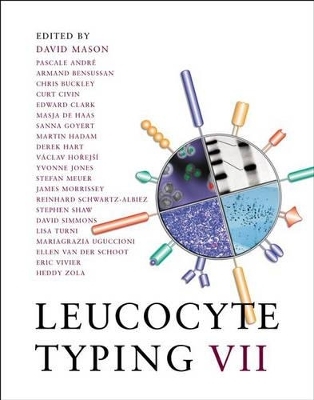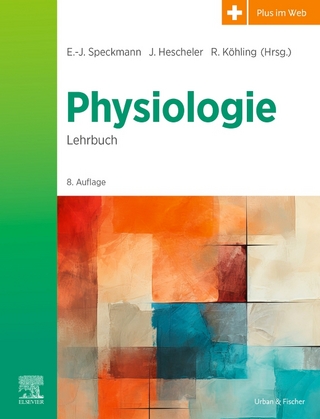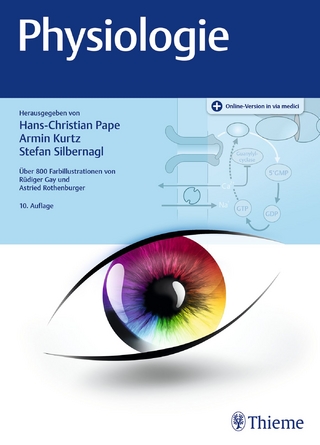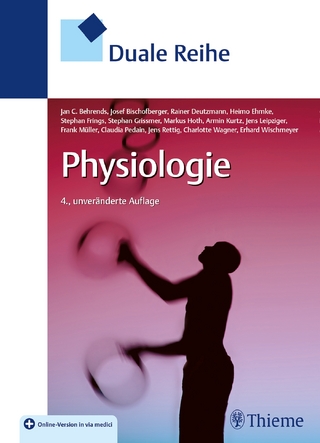
Leucocyte Typing VII
Seiten
2002
Oxford University Press (Verlag)
978-0-19-263252-4 (ISBN)
Oxford University Press (Verlag)
978-0-19-263252-4 (ISBN)
This is the proceedings of the 7th Workshop and Conference on Human Leucocyte Differentiation Antigens held in Harrogate, UK, in June, 2000. It is the standard reference source for all those working with antibodies recognising marker molecules on white blood cells.
The function of human white cells is dependent on a complex machinery involving a network of proteins. Their identification has posed a puzzle for scientists for many years and this book comprises the proceedings of the latest in a series of international meetings that have identified many of these entities and studied their function and clinical importance. Leucocyte Typing VII provides the definitive reference for all those working with antibodies recognising marker molecules on white blood cells. Sorting and tracing white blood cells is important in a range of clinical settings, but especially in the diagnosis of leukaemias. There is a concerted action by regulatory bodies looking for a standard against which these 'biologicals' can be assessed. The book contains the assembled work of many laboratories worldwide which jointly evaluated many hundered different monoclonal antibodies. The results of the collaborative effort reported at the meeting are published in Leucocyte Typing VII. A unique feature of this book is the complete guide to all available CD- antigens. This book is the standard reference for immunologists, cell and molecular biologists, haematologists, and pathologists working on white cell differentiation. It provides immunologists and biochemists with an up to date summary of the current knowledge of molecular aspects of different categories of human white cells (and endothelial and red cells) and provides hematologists and oncologists with information relevant to their clinical practice and research.
The function of human white cells is dependent on a complex machinery involving a network of proteins. Their identification has posed a puzzle for scientists for many years and this book comprises the proceedings of the latest in a series of international meetings that have identified many of these entities and studied their function and clinical importance. Leucocyte Typing VII provides the definitive reference for all those working with antibodies recognising marker molecules on white blood cells. Sorting and tracing white blood cells is important in a range of clinical settings, but especially in the diagnosis of leukaemias. There is a concerted action by regulatory bodies looking for a standard against which these 'biologicals' can be assessed. The book contains the assembled work of many laboratories worldwide which jointly evaluated many hundered different monoclonal antibodies. The results of the collaborative effort reported at the meeting are published in Leucocyte Typing VII. A unique feature of this book is the complete guide to all available CD- antigens. This book is the standard reference for immunologists, cell and molecular biologists, haematologists, and pathologists working on white cell differentiation. It provides immunologists and biochemists with an up to date summary of the current knowledge of molecular aspects of different categories of human white cells (and endothelial and red cells) and provides hematologists and oncologists with information relevant to their clinical practice and research.
PART 1: ADHESION STRUCTURES ; PART 2: APOPTOSIS AND CELL FATE ; PART 3: B CELLS ; PART 4: CARBOHYDRATES AND LECTINS ; PART 5: CLINICAL ASPECTS OF LEUCOCYTE MOLECULES ; PART 6: CYTOKINE/CHEMOKINE RECEPTORS ; PART 7: DENDRITIC CELLS ; PART 8: ENDOTHELIAL CELLS ; PART 9: MYELOID CELLS ; PART 10: NEW TECHNOLOGIES ; PART 11: NATURAL KILLER CELLS ; PART 12: NON-LINEAGE ANTIGENS ; PART 13: PLATELETS ; PART 14: RED CELLS ; PART 15: STEM/PROGENITOR CELLS ; PART 16: STRUCTURAL/FUNCTIONAL ASEPECTS OF LEUCOCYTE MOLECULES ; PART 17: T CELLS
| Zusatzinfo | numerous tables, figures and black and white photographs |
|---|---|
| Verlagsort | Oxford |
| Sprache | englisch |
| Maße | 230 x 285 mm |
| Gewicht | 3050 g |
| Themenwelt | Medizin / Pharmazie ► Medizinische Fachgebiete ► Onkologie |
| Studium ► 1. Studienabschnitt (Vorklinik) ► Physiologie | |
| Naturwissenschaften ► Biologie ► Genetik / Molekularbiologie | |
| ISBN-10 | 0-19-263252-3 / 0192632523 |
| ISBN-13 | 978-0-19-263252-4 / 9780192632524 |
| Zustand | Neuware |
| Informationen gemäß Produktsicherheitsverordnung (GPSR) | |
| Haben Sie eine Frage zum Produkt? |
Mehr entdecken
aus dem Bereich
aus dem Bereich


